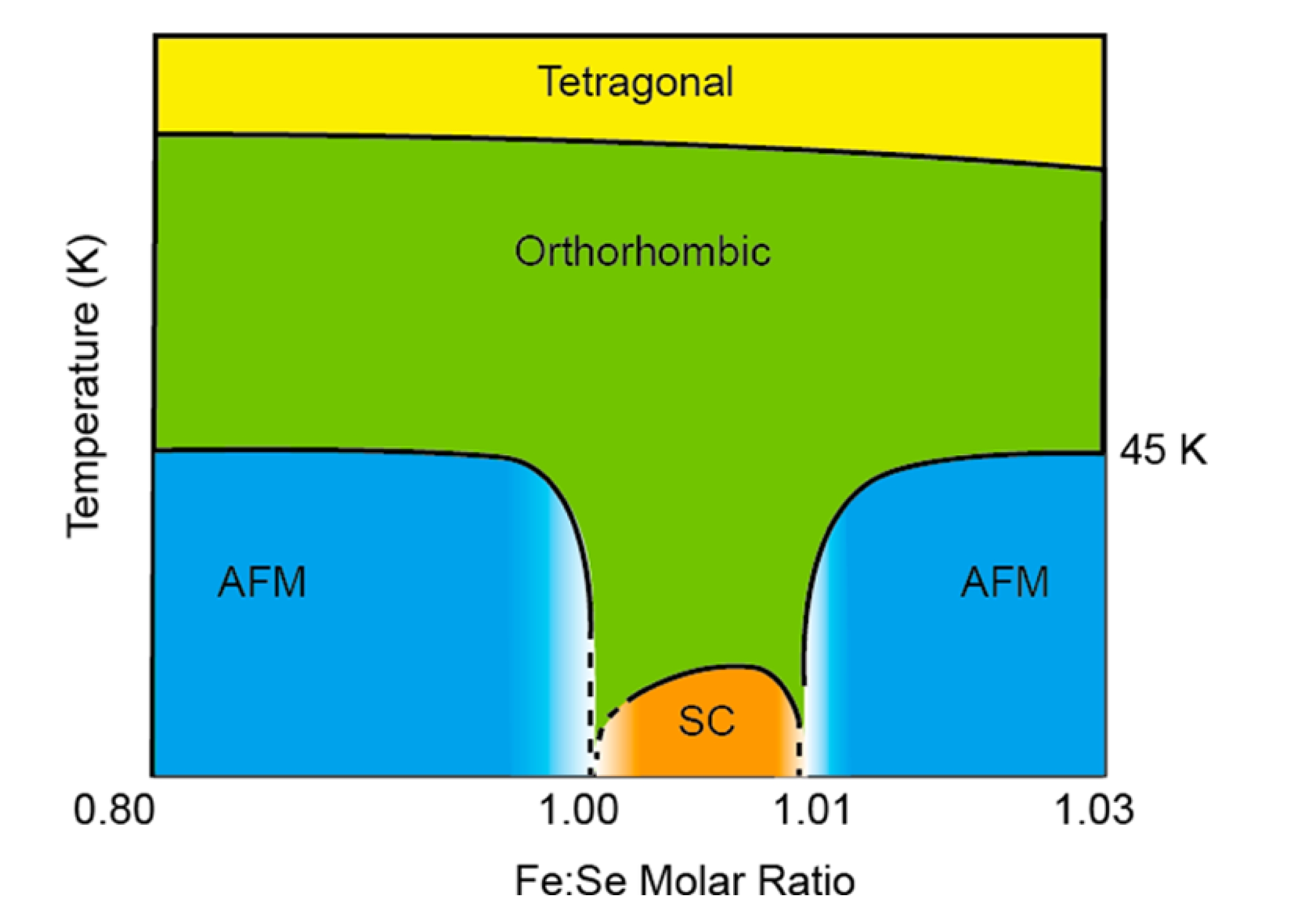
Controllable phase transition for layered ¦Â-FeSe superconductor synthesized by solution chemistry |
|
|
Since the discovery of iron-based superconductor of ¦Â-FeSe at 2008, the effect of reduced dimensionality on the enhanced superconducting transition temperature (TC) has triggered vast investigations. Low-temperature chemical solution is a major route to fabricate ¦Â-FeSe that could avoid the formation of impurity phase of NiAs-type FeSe and offer the control of the morphology of the products featuring as nanosheets. However, superconductivity has been missing in all PbO-type ¦Â-FeSe synthesized with chemical-solution method using soluble selenium and iron sources as starting materials. The precise control of stoichiometric ratio between soluble iron and selenium in the reaction system may be the key factor for having superconducting ¦Â-FeSe, which was overlooked previously. Here, we develop a new and facile solution-based synthetic route to first fabricate narrow-phased ¦Â-FeSe superconductor with soluble iron and selenium sources as starting materials. The growth mechanism of ¦Â-FeSe superconductors is discussed by kinetically controllable syntheses in various reaction conditions. Chemically engineering the stoichiometry of ¦Â-FeSe products by selenium-diffusion process gives rise to a transition of antiferromagnetic-superconducting-antiferromagnetic (AFM-SC-AFM) order. Once the AFM order is suppressed, SC ¦Â-FeSe nanosheets show a tunable initial TC from 3.2 to 10K in the superconducting regime. Electrical measurements on superconducting ¦Â-FeSe exhibit an upper critical magnetic field higher than 14T. The single crystal superconductive ¦Â-FeSe nanosheets have a high surface area, showing potential applications for future nanosized superconducting devices (Chemistry of Materials 29 (2017) 842-848£©.
Fig. Sketch of the proposed temperature-doping phase diagram of Fe?Se superconducting system, showing the AFM and SC regions.
| |
